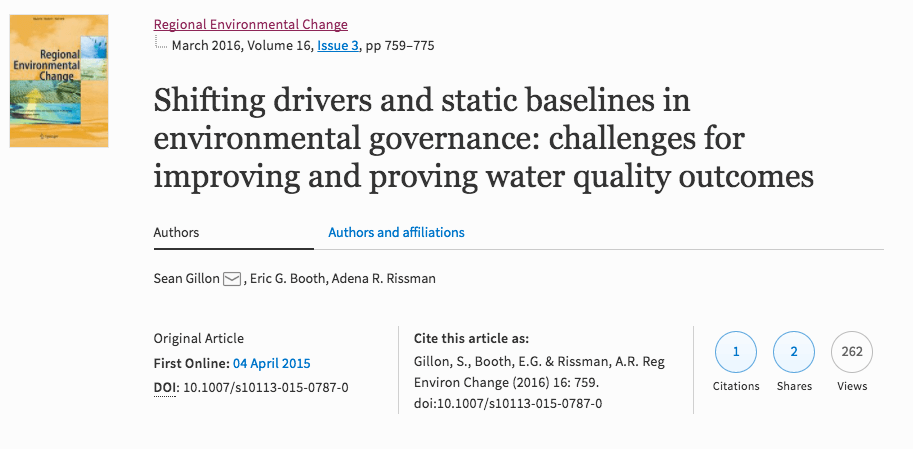You may have seen media coverage of the latest study that has come out of UW-Madison’s Water Sustainability and Climate research group that analyzes the impacts of management efforts to improve water quality in our lakes. This study does not highlight a new setback; rather, it confirms that the very real challenges of climate change, increasing urbanization and increased manure production must be considered in policy-making and strategic planning.
A couple of points to note:
- The research analyzed lake improvement efforts that date back to the 1980s and extend through 2011; therefore, recent community efforts by Clean Lakes Alliance, Yahara Pride Farms, and the adaptive management efforts of the Yahara WINs collective are not included in this analysis. The lag time between action on the landscape and results in the lakes means that it will take some time to document measured results from our current efforts.
- Reducing phosphorus runoff to the lakes is a complex and dynamic problem, and this and other studies have important nuances that are easily missed. It’s important to note that we do have data that show a measured decline in phosphorus concentrations in some streams and rivers, but the trend toward increased rainfall and storm events means that more of that less-concentrated water is making its way to the lakes. More rain means more water washing over the landscape, and while conservation practices are helping to keep nutrients in their place, we will need to double down in our efforts in order to reduce phosphorus loading to our lakes.
“We’d really like to help broaden the conversation to include things that aren’t normally talked about at the watershed scale, like climate change and the overall agricultural system – which we all are a part of,” says Eric Booth, co-author of the study. “Either we have to address them and take them into account when planning, or try to change them – which is a huge challenge.”
Clean Lakes Alliance will continue to address the issues raised in this study regarding changes in precipitation, land use, and agriculture and to apply the latest science and technology as we work for water quality improvements through policy and on the ground projects.
—



